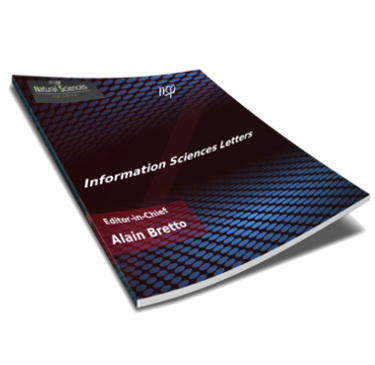
Information Sciences Letters
Abstract
Wind energy resource is a never-ending resource that is categorized under renewable energy. Electricity generated from the wind when the wind blows across the wind turbine system produces high kinetic energy once it goes through the wind blades, rotating and turning it into useful mechanical energy. That motion of the generator produces electricity. However, in Malaysia, the inconsistency in terms of wind speed required for wind turbines to operate efficiently and generate a suitable amount of electrical power is a major problem. Different locations have different weather parameters that affect wind speed and wind energy production. Wind energy forecasting is performed in this paper using linear, nonlinear, and deep learning models for a small-scale wind turbine. The paper focuses on comparing and correlating the performance of univariate and multivariate input parameters with wind speed as its primary feature using short-term forecasting with a time horizon of 1 hour ahead. The set location is at Mersing, Johor, where it is prominently one of the locations in Malaysia with a constant and high amount of wind speed. It is found that Huber Regressor, Gradient Boosting, and Convolutional Neural Network (CNN) are shown to be powerful in prediction. Huber Regressor has the best Mean Absolute Error (MAE) of 0.597 and Root Mean Square Error (RMSE) of 0.797, while Gradient Boosting has the best learning rate (R2) at 0.637. CNN has the best MAPE at 30.861 and is shown to be the most optimum forecasting model for a univariate parameter. The results show that the outcome of the evaluation does not vary significantly depending on the criteria chosen in the data selection.
Recommended Citation
Siti Amira Md Azmi, Che; Ahmed Alkahtani, Ammar; Kok Hen, Chong; and Noman, Fuad
(2022)
"Univariate and Multivariate Regression Models for Short-Term Wind Energy Forecasting,"
Information Sciences Letters: Vol. 11
:
Iss.
2
, PP -.
Available at:
https://digitalcommons.aaru.edu.jo/isl/vol11/iss2/48

